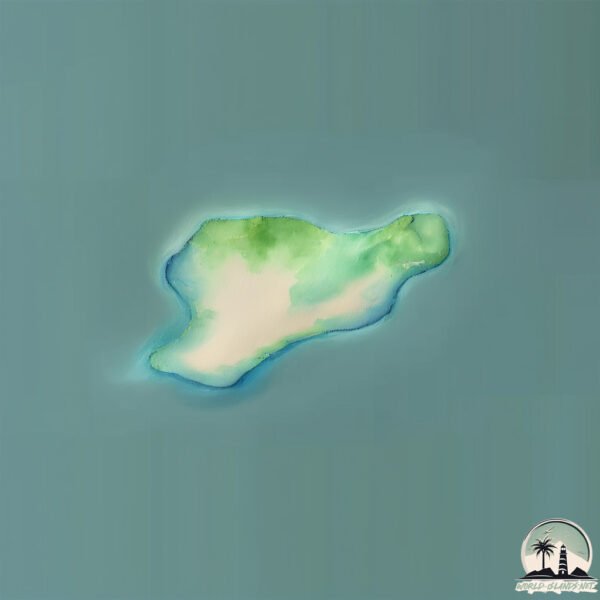Hwangt’o-do

Welcome to Hwangt’o-do, a Continental island in the Japan Sea, part of the majestic Pacific Ocean. This guide offers a comprehensive overview of what makes Hwangt’o-do unique – from its geography and climate to its population, infrastructure, and beyond. Dive into the details:
- Geography and Size: Explore the island’s size and location.
- Climate and Weather: Weather patterns and temperature.
- Topography and Nature: Uncover the natural wonders of the island.
- Infrastructure and Travelling: Insights on reaching, staying, and making the most of your visit.
- News and Headlines: Latest News.
Geography and size of Hwangt’o-do
Size: 0.108 km²
Coastline: 1.5 km
Ocean: Pacific Ocean
Sea: Japan Sea
Continent: Asia
Hwangt’o-do is a Tiny Island spanning 0.108 km² with a coastline of 1.5 km.
Archipel: –
Tectonic Plate: Amur – A minor tectonic plate in the region of the Amur River at the border of Russia and China, involved in complex interactions with the Pacific and Eurasian plates.
The geographic heart of the island is pinpointed at these coordinates:
Latitude: 39.16880558 / Longitude: 127.53170952
Climate and weather of Hwangt’o-do
Climate Zone: Continental
Climate Details: Monsoon-Influenced Hot-Summer Humid Continental Climate
Temperature: Hot Summer
Climate Characteristics: Hot summers with monsoon rains, contrasting with dry, cold winters. Typical of east Asian continental edges.
Topography and nature of Hwangt’o-do
Timezone: UTC+09:00
Timezone places: Asia/Tokyo
Max. Elevation: 0 m
Mean Elevation: -1 m
Vegetation: Deciduous Broadleaf Forest
Tree Coverage: 34%
The mean elevation is -1 m. The highest elevation on the island reaches approximately 0 meters above sea level. The island is characterized by Plains: Flat, low-lying lands characterized by a maximum elevation of up to 200 meters. On islands, plains are typically coastal lowlands or central flat areas.
Dominating Vegetation: Deciduous Broadleaf Forest
Composed of broadleaf trees that shed their leaves seasonally. These forests are commonly found in temperate zones and experience distinct seasonal changes. Hwangt’o-do has a tree cover of 34 %.
Vegetation: 1 vegetation zones – Minimal Diversity Island
These islands exhibit the most basic level of ecological diversity, often characterized by a single dominant vegetation type. This could be due to extreme environmental conditions, limited land area, or significant human impact. They represent unique ecosystems where specific species have adapted to thrive in these singular environments.
Infrastructure and Travelling to Hwangt’o-do
Does the island have a public airport? no.
There is no public and scheduled airport on Hwangt’o-do. The nearest airport is Wonsan Kalma International Airport, located 5 km away.
Does the island have a major port? no.
There are no major ports on Hwangt’o-do. The closest major port is WONSAN, approximately 9 km away.
The mean population of Hwangt’o-do is 1013 per km². Hwangt’o-do is Densely Populated. The island belongs to North Korea.
Continuing your journey, Ganghwado is the next notable island, situated merely km away.
North Korea is classified as Least developed region: Countries that exhibit the lowest indicators of socioeconomic development, with the lowest Human Development Index ratings. The level of income is Low income.
News – Latest Updates and Headlines from Hwangt’o-do
Stay informed with the most recent news and important headlines from Hwangt’o-do. Here’s a roundup of the latest developments.
Please note: The data used here has been primarily extracted from satellite readings. Deviations from exact values may occur, particularly regarding the height of elevations and population density. Land area and coastline measurements refer to average values at mean high tide.
